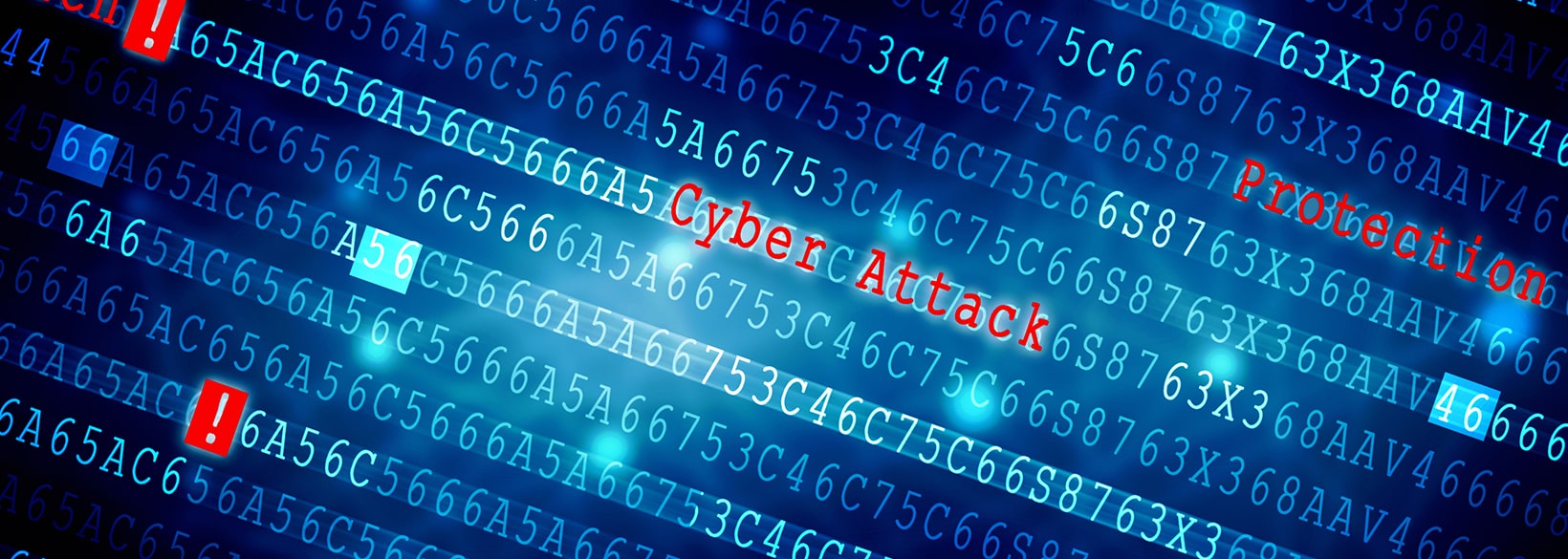Did you know that 2022 was a record-breaking year for phishing scams, cyberattacks, data breaches, and crypto-heists? Due to the swift changes in IT security, we will outline the most prominent cybersecurity trends in 2023, so you and your organization can be prepared.
As remote work increases, cybersecurity becomes more complex. With new technology and improved measures, like the Zero Trust Architecture, we will see a trend in outsourcing cybersecurity. Additionally, cyber insurance will become challenging to obtain but will grow in importance. Read on to learn more about 2023 cybersecurity trends and what they could mean for your organization.
1. Distributed Workforce Security
As organizations spread their workforce further from the office, adversaries see increasing opportunities for supply chain attacks. To enhance productivity in a distributed workforce, more companies are using third-party applications and supply chains. Smaller supply chain organizations have access to the same enterprise data with fewer security measures. These environments are ideal for malicious actors, making organizations vulnerable to threats that seek to exploit lower security areas of a workforce. Due to this, we will see increased demand from boards and CIOs for security improvements from third-party suppliers.
2. OT and IoT Security
Organizations looking for new business opportunities in our interconnected world continue to see potential in the Internet of Things (IoT). This ongoing convergence of Consumer Technology (CT), Operational Technology (OT), and Information Technology (IT) leads to new capabilities, but it can also create complex security challenges. Despite the increasing interconnection of technology, resulting in the IoT, most businesses continue to treat the security of OT and IoT separately. As more IoT-connected devices enter the business environment, companies need to assess the security capabilities of these devices to ensure they comply with current standards and measure up to existing security protocols.
3. Investing in the Cloud
Cloud spending has been steadily increasing for years, but there will be a new reason for enhanced spending in 2023. Cyber insurance is becoming exponentially more difficult to obtain, as insurance companies will drive demand for increased risk assessment, especially in cloud environments. Organizations will be required to provide evidence of compliance with leading cybersecurity standards and best practices across a broad spectrum of security areas. This year it will be more difficult to obtain coverage without first improving your security measures in the cloud and locally.
4. Reinforced Privacy Regulations
Governments are becoming increasingly involved in privacy regulations. 2022 saw more bills being introduced than ever before regarding cybersecurity and privacy. The threat landscape for every business is increasing and with that comes responsibility for your data, but also your customers’ data. There is a rise in consumers seeking out companies that ensure their personal information is secure. Consumers want to buy from and work with organizations they can trust, and they want to live where their privacy is a priority.
Recently, the SEC proposed: “new cybersecurity disclosure requirements for public organizations that obligate them to disclose the cybersecurity expertise of board members and report cybersecurity practices periodically.”
These reinforced privacy regulations will continue to evolve into the future.
5. Zero Trust
Remote working is expected to grow beyond 2023, increasing the frequency of proprietary or mission-critical data breaches due to subpar home networks. Virtual private networks (VPNs) are likely to be replaced by the Zero Trust Architecture. Organizations using VPNs are limited by the VPN’s lack of scalability while Zero Trust is multitiered, scalable, and highly secured. Using the theory of “never trust, always verify,” a Zero Trust network will constantly validate, reassess, and reauthorize using multiple authentication methods. This will improve the security of your network and decrease the potential for stolen data immensely.
6. Threat Detection and Response
It is expected that in 2023, we will see an increase in artificial intelligence (AI) and machine learning detection and response tools. There are a few different types of detection and response models, such as:
- Endpoint Detection and Response (EDR)
- Extended Detection and Response (XDR)
- Managed Detection and Response (MDR)
All these models utilize AI and machine learning algorithms to analyze current and historical data to find unusual patterns. They leverage threat intelligence and advanced file analysis to detect and stop advanced threats. We will see an increasing demand for EDR and other models in the coming years.
Ironclad Tek is Ready to Protect in 2023
The outsourcing of cybersecurity will increase this year. As the complexity of cybersecurity increases, it is becoming more time-consuming for individual organizations to manage their own security. These factors are causing an enhanced need for IT outsourcing, and that is where we come in.
As a trusted advisor and Managed Service provider, Ironclad Tek is ready to protect your critical infrastructure. Our Managed IT and Hosted Cloud Services can be tailored to your unique business needs, and our professional technicians are always available to bolster your security measures. We work hard to constantly improve our Tier 3 Data Centre and ensure our systems are always up to industry standards. Contact us today to schedule a free consultation.




